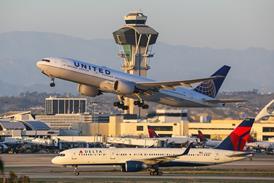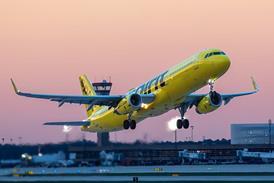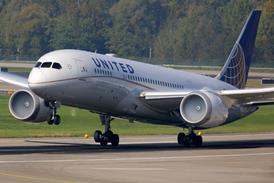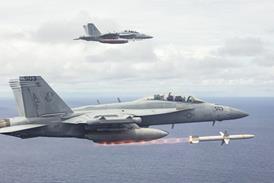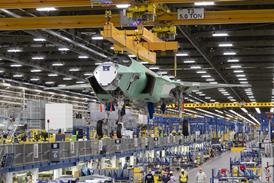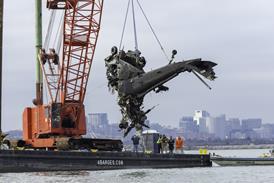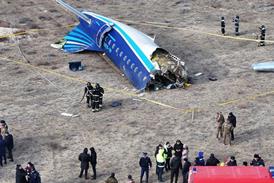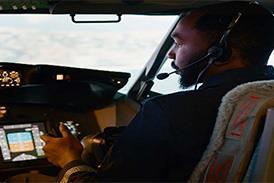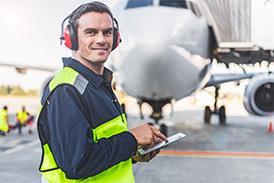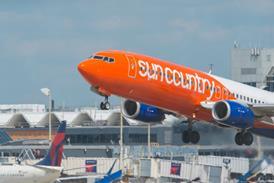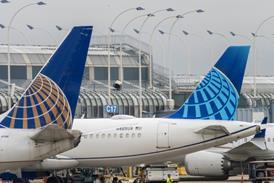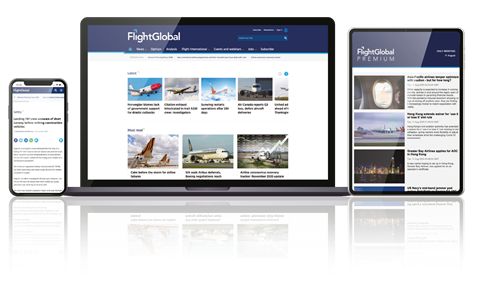A ‘conflict point’ stemming from operational changes led to the fatal collision of two Airbus Helicopters EC130B4s on 2 January 2024 at Gold Coast, Australia.
According to the Australia Transport Safety Bureau (ATSB), the key factor in the accident was the use of two helipads simultaneously, which created a conflict point. As the helicopters were conducting short scenic flights, the frequency of takeoffs and landings was high.
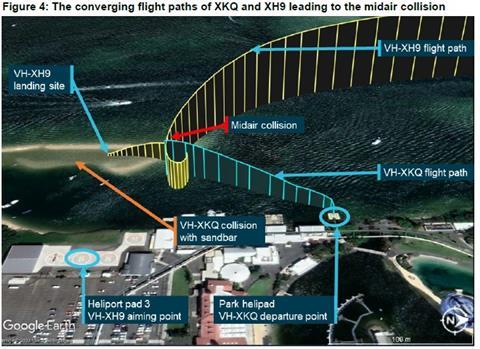
“The operator had made changes to the location, facilities and helicopters to improve its product offering, and these changes brought unintended consequences,” says the ATSB in its 235-page final report into the accident.
“Over time these changes undermined risk controls used for management of separation and created the conflict point at which the helicopters collided.”
The disaster occurred at an altitude of 130ft after the helicopter VH-XKQ, carrying a pilot and six passengers, took off as the helicopter VH-XH9, carrying a pilot and five passengers, was approaching another nearby helipad.
“Limitations in visibility from both helicopters and especially VH-XKQ, combined with competing priorities and an understanding that the airspace was clear, led to a midair collision as both helicopters were passing through the conflict point created by the positioning of the helipads.”
At 13:56 local time the main rotor of XKQ, which had just taken off, hit the forward cabin of XH9, which was on approach to land.
XKQ was uncontrollable and fell to the ground, killing the pilot and three passengers, with the other three passengers seriously injured.

The pilot of XH9 was able to make a controlled landing, but the helicopter was “substantially damaged”. The pilot and two passengers were seriously injured, with the three passengers suffering minor injuries.
Also faulted was the operators’ reliance on ‘unalerted see-and-avoid’ by the pilots, which should serve only as a last line of defence.
“Operators should seek mechanisms for supporting pilots in alerted-see-and-avoid,” notes the ATSB.
“This should include consideration of how safe margins of separation will be maintained when risk controls fail.”
The operator has made a number of operational changes after the accident, and the Civil Aviation Safety Authority of Australia has updated guidelines and procedures.

